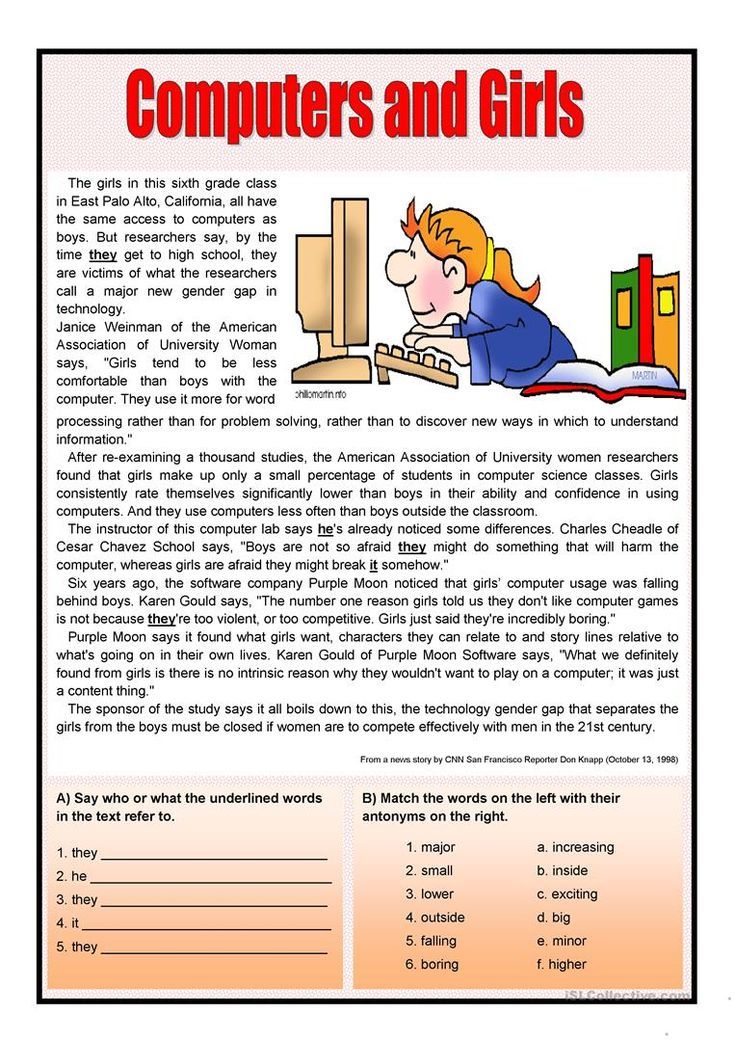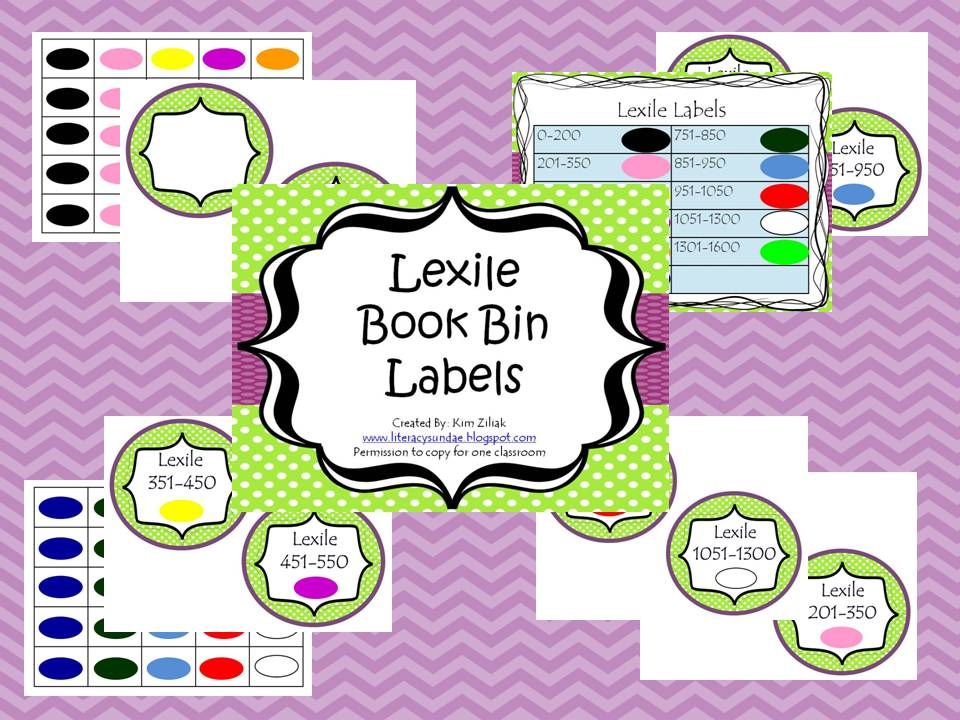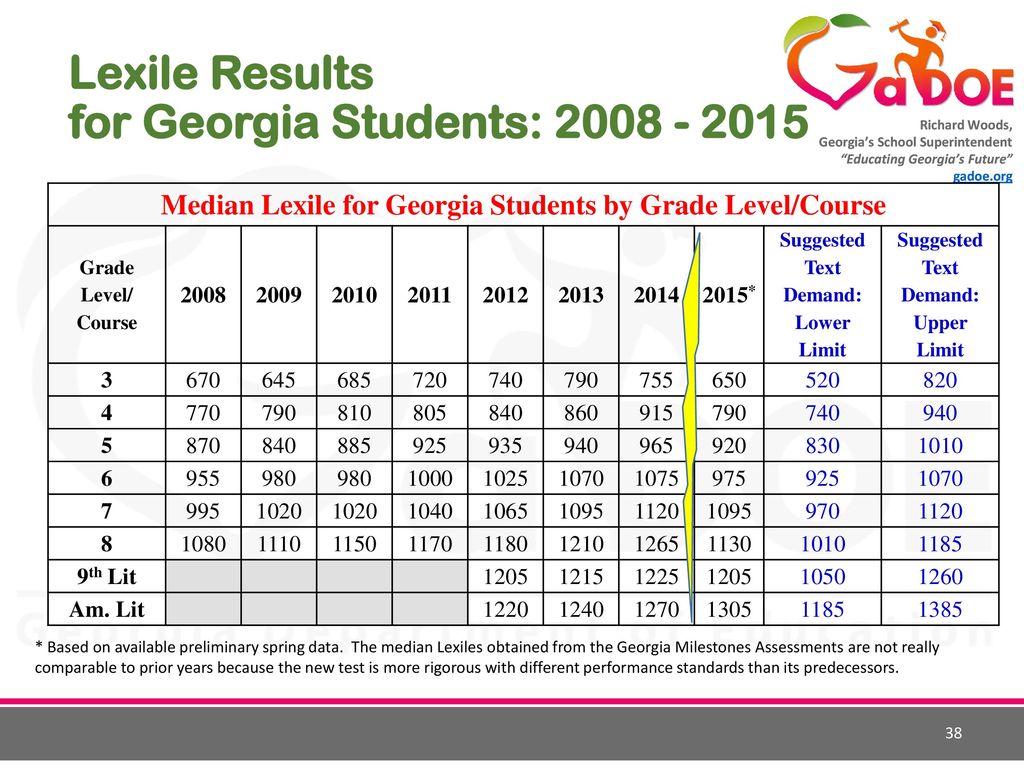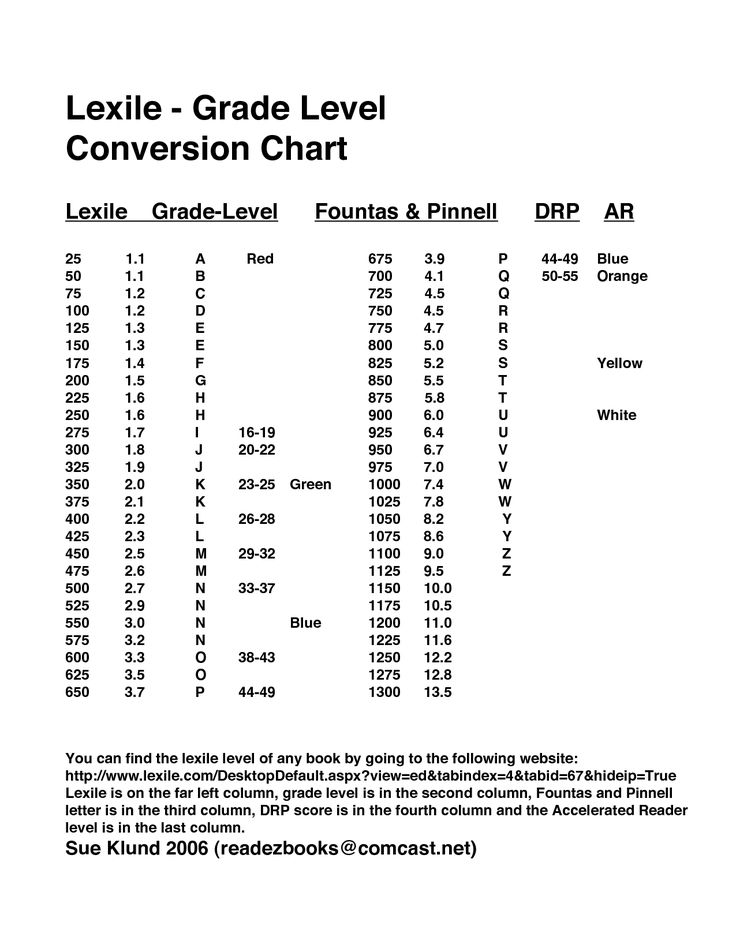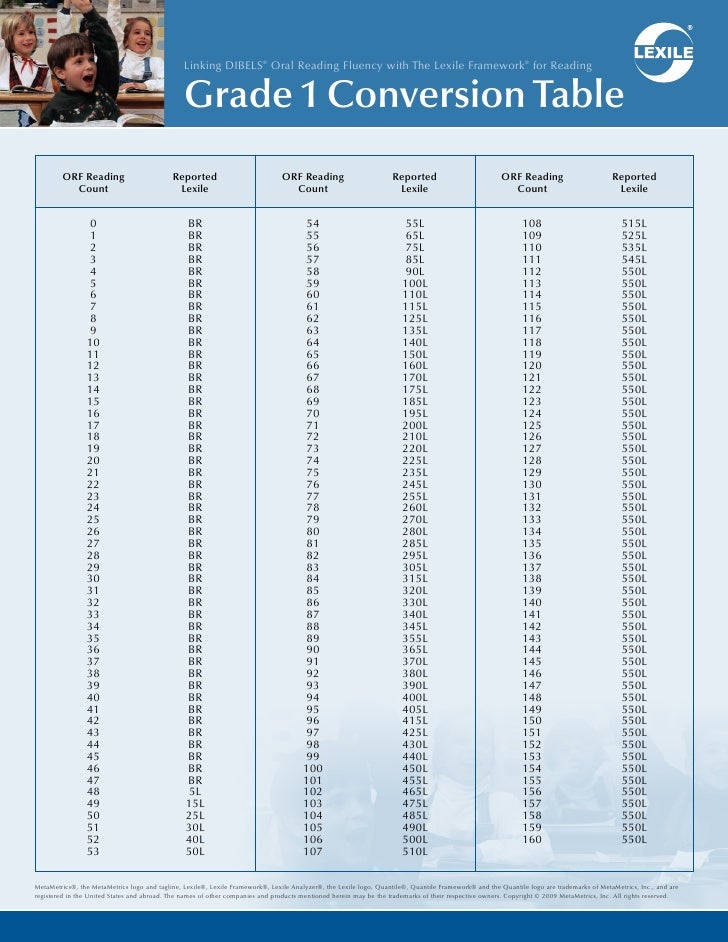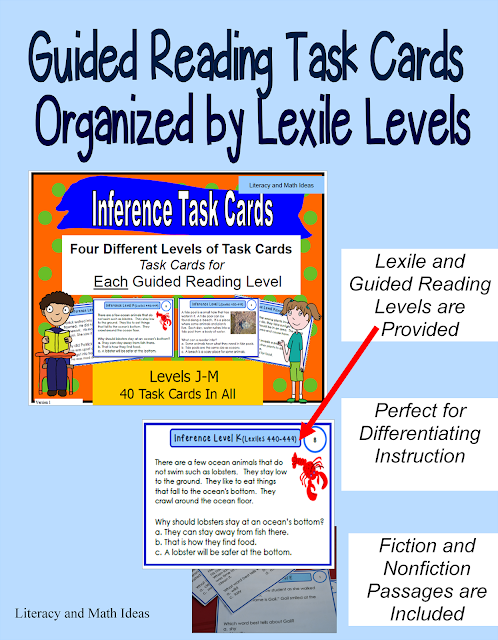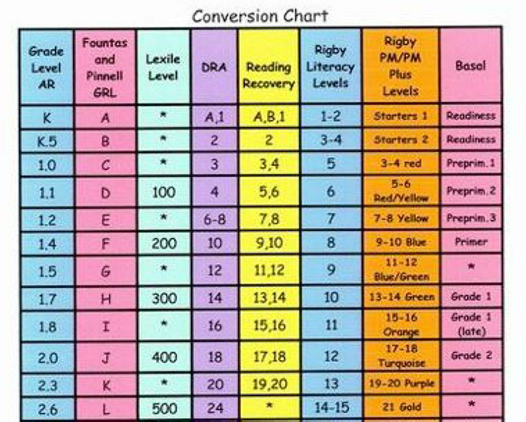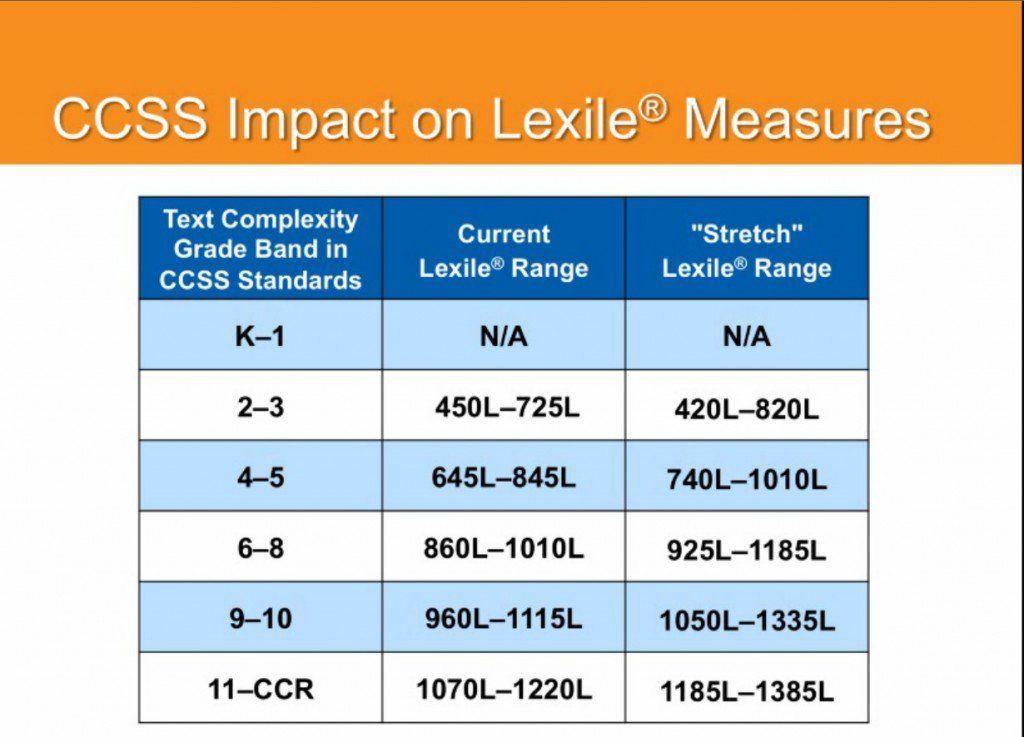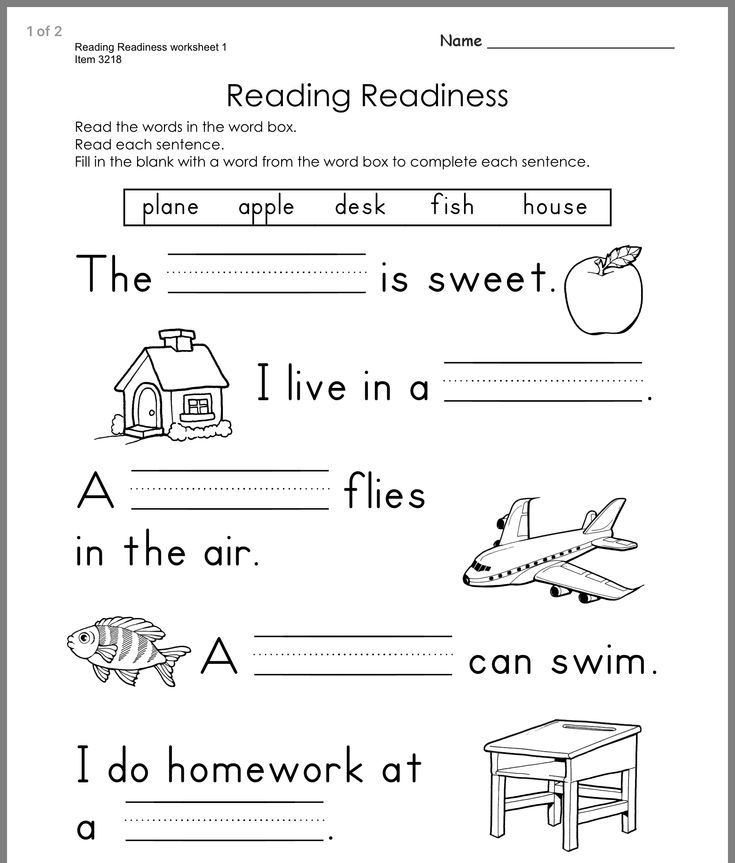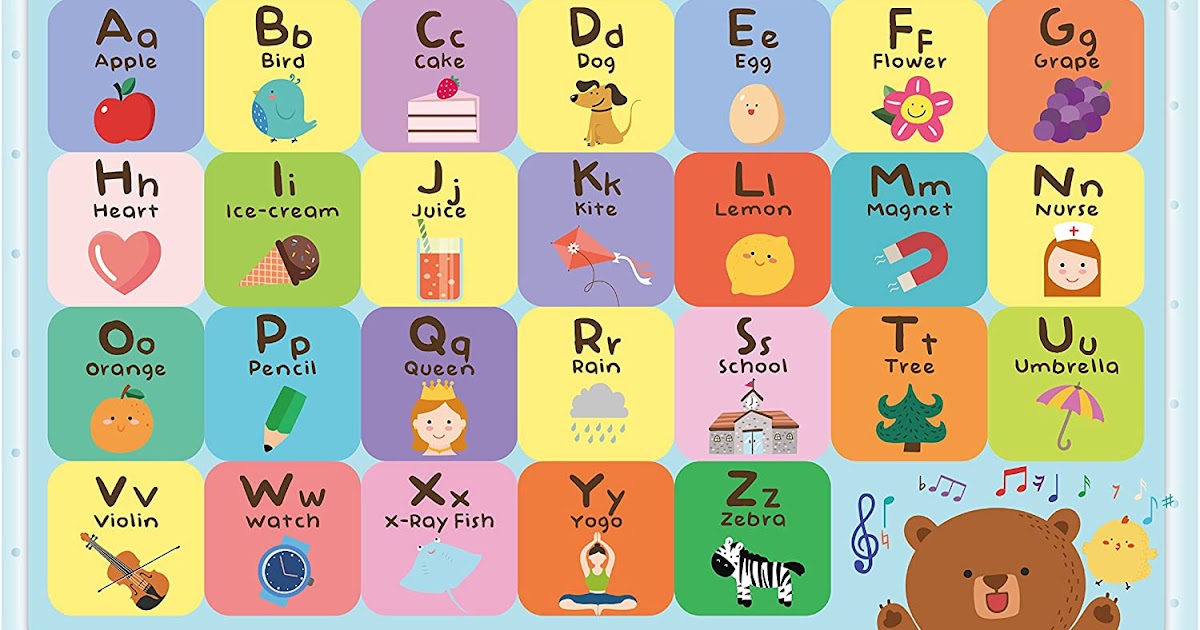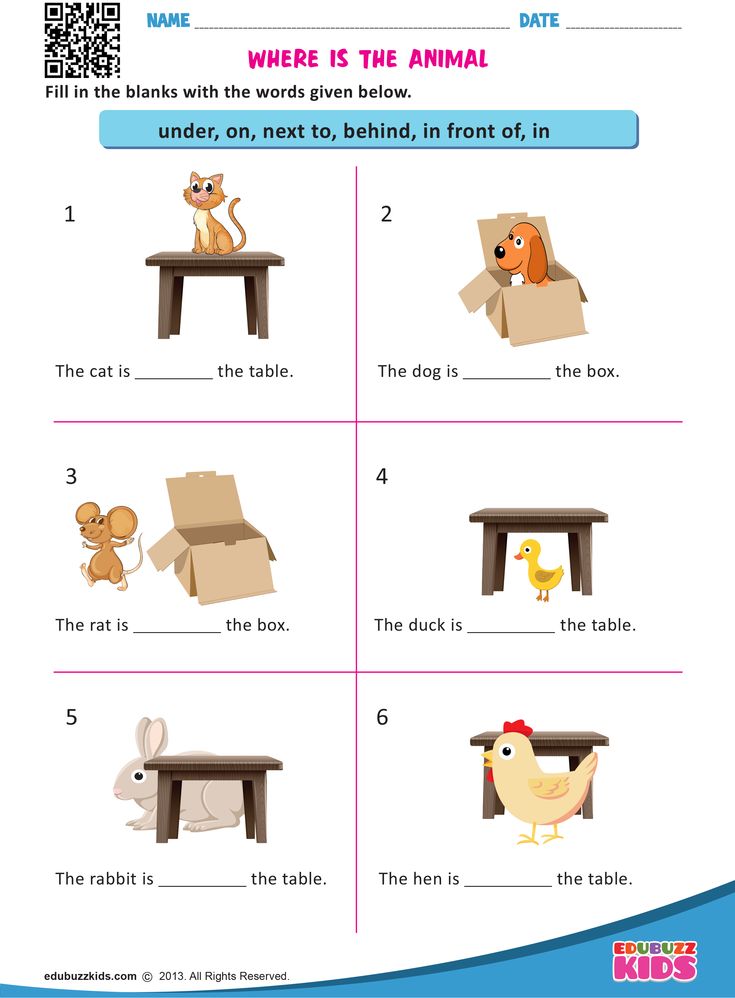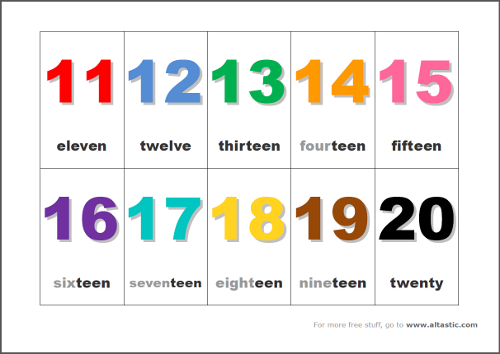Lexile and reading level
Lexile® Framework For Reading | NC DPI
The Lexile® Framework for Reading measures reading ability and text complexity on the same scale.
There are two Lexile measures: the Lexile reader measure and the Lexile text measure. A Lexile reader measure represents a student’s reading ability on the Lexile scale. A Lexile text measure represents a text’s difficulty level on the Lexile scale. Lexile measures are expressed as numeric measures followed by an “L” (for example, 850L), and represent a position on the Lexile scale. When used together, Lexile measures help a student choose a book or other reading material that is at an ideal difficulty to spur reading growth.
Today, Lexile measures are recognized as one of the most widely used reading metrics. Lexile measures connect learners of all ages with resources at the right level of challenge and monitor progress toward state and national learning standards. Lexile measures range from below 200L for beginning readers and text to above 1600L for advanced readers and text.
An important factor for readiness is students’ ability to read and understand texts of steadily increasing complexity as they progress through school. The Lexile Framework provides valuable insights into student readiness by measuring both the complexity of college and career texts and a student’s ability to comprehend these texts.
Lexile Tools and Resources
| Link to Resource | Description of Resource |
|---|---|
| An Introduction to the Lexile® Framework for Reading | This video introduces the Lexile Framework for Reading, how the Lexile Framework and Lexile measures can be used, and shows free tools and research-based resources for utilizing the Lexile measures. |
| The Lexile® & Quantile® Hub | The new Hub platform provides access to all of the free Lexile and Quantile tools that support student learning and growth in reading and math. NC Webinars on The Hub
|
| Lexile® Find a Book | Search among over half a million books using the Find a Book book browser that:
|
| Lexile Analyzer® | Paste or type in text of 1,000 words or less to discover:
|
| Lexile® WordLists | Create your own customized lists of consequential words from a collection of 40 million words based on general and academic domain K–12 vocabulary. Lists can be downloaded and printed. |
| Lexile® Oral Reading Framework Map | The Lexile map for oral reading provides examples of books and publicly available passages that have Lexile® oral readability measures. Lexile oral readability measures describe how difficult a text is to read aloud. |
| Lexile® Career Database | Identify the Lexile level associated with the reading demands of a particular career in this new tool. |
| Lexile® Grade Level Chart | See how a large sample of students in grades K–12 who were administered tests that reported Lexile measures performed based on this 2010–2016 research. Interactive charts are provided for descriptive purposes only and not intended to be interpreted as state performance standards. |
| Lexile® Growth Planner | Chart a student's reading growth across different annual state assessments and forecast future growth. With the Growth Planners, you can:
|
| Lexile® Measures Manager | Determine a student's optimal reading or math measure when two assessments have resulted in significantly differing Lexile or Quantile measures.
|
| The Lexile® Framework for Reading Video | This six-minute animated video on the basic concepts and uses of the Lexile Framework for Reading is the perfect resource for educators and parents who are new to Lexile measures. |
| Lexile Educator Guide | This is a two-page overview of the benefits and usefulness of the Lexile Framework for Reading for Educators. |
| The Lexile Infographic | Everything you need to know about the Lexile® Framework for Reading in one easy to understand graphic. |
| Lexile® Map | The Lexile Map provides examples of popular books and sample texts on the Lexile scale ranging from 200L for beginning reader books to 1600L for more advanced texts. It's a quick reference guide that helps to show what a Lexile measure represents. |
| Parent’s Guide to the Lexile® Framework for Reading | This is a two-page overview of the benefits and usefulness of the Lexile Framework for Reading.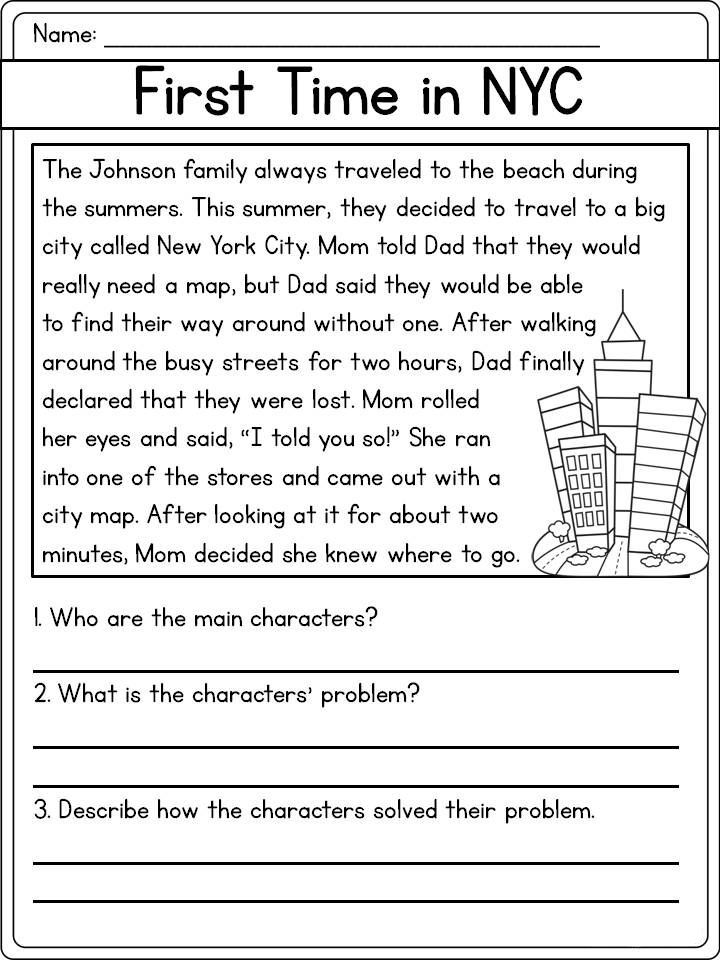 |
| Lexile Measures at Home | This webpage details ways you can use a student's Lexile measure—and the Lexile measures of books and other reading materials—to foster literacy and learning at home. |
| EOG English Language Arts/Reading and EOC English II Performance Standards Reported in Lexile® Measures | This document includes a chart which provides End-of-Grade English Language Arts/Reading and End-of-Course English II performance standards (achievement levels) in the Lexile measure. |
| Linking the NC EOG English Language Arts/ Reading and EOC English II with the Lexile® Framework (Updated April 2015) | Linking assessment results with the Lexile Framework provides a mechanism for matching each student’s reading ability with text on a common scale. It serves as an anchor to which resources, concepts, skills, and assessments can be connected allowing parents, teachers, and administrators to speak the same language |
More information about the Lexile Framework can be found at Lexile. com.
com.
Lexile levels: How to use this tool to understand your child’s reading skills
You might have seen it printed on the back of a book, inside a publisher’s catalog, or on a child’s progress report: a series of numbers and letters called a Lexile. What are these codes, and how do they apply to your learner?
Let’s demystify the Lexile system and learn how Lexile measures serve as a valuable tool to support your child’s reading growth.
What is a Lexile measure and why is it important to parents?
The Lexile Framework for Reading is a system used to match students with texts (books, articles, and other reading material), regardless of grade level. It takes a scientific approach to measuring reading levels. Its numeric measures can apply to both reader and text:
Lexile text measures reflect the readability of an individual book based on an analysis of word frequency, sentence length, and text complexity.
Lexile reading measures reflect a child’s ability to read texts in a certain range of difficulty.

When you know your child’s Lexile measure, you are better able to select books that will be “just right” for them: not too easy, not too tricky. This way, you can avoid picking inaccessible books that will leave them feeling discouraged, or too-simple books that will leave them bored and looking for something else to read!
What does the number in a Lexile measure mean?
Understanding a book’s Lexile measure code, which usually consists of a number followed by the letter L, is fairly intuitive: lower numbers mean that the material is simpler and easier to read, while higher numbers denote more complex and difficult texts. For example, Green Eggs and Ham has a Lexile measure of 210L, but The Great Gatsby clocks in at 1070L.
However, you can’t go on Lexile measures alone. The Grapes of Wrath often taught in high school, has a Lexile measure of 680L, while Charlotte’s Web, an elementary school staple, has the same Lexile measure.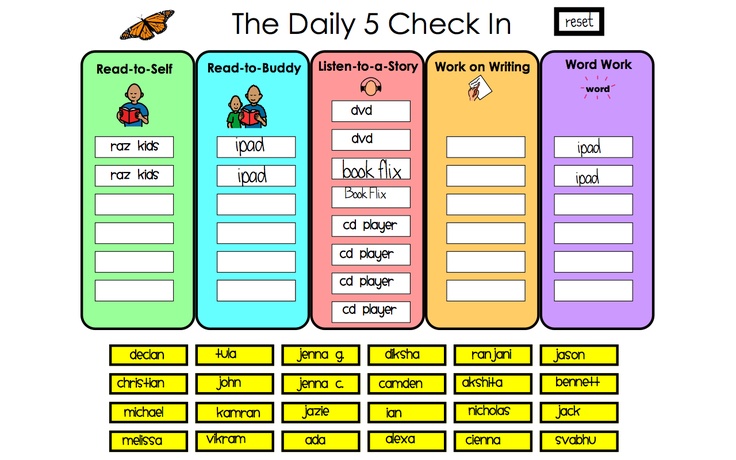 Both books feature a simple, clear writing style, but The Grapes of Wrath contains advanced concepts and themes more appropriate for older readers.
Both books feature a simple, clear writing style, but The Grapes of Wrath contains advanced concepts and themes more appropriate for older readers.
When applied to your child, Lexile measures work the same way: a lower number means they should be reading books with less text complexity and a higher number signals that they need something more challenging.
An exception is BR, or Beginning Reader, Lexile measures—higher numbers are assigned to simpler books and earlier readers, while lower numbers represent trickier books and more advanced readers as they approach 0L. A book rated BR300L will be easier to read than one rated BR100L.
What do the letters in a Lexile measure mean?
In addition to Beginning Reader Lexile measures (BR), there are several letter codes you might encounter at the beginning of a Lexile measure:
AD: Adult Directed. These books are meant to be read aloud to children.
NC: Non-Conforming. These books contain content appropriate for advanced readers who are still on the young side.
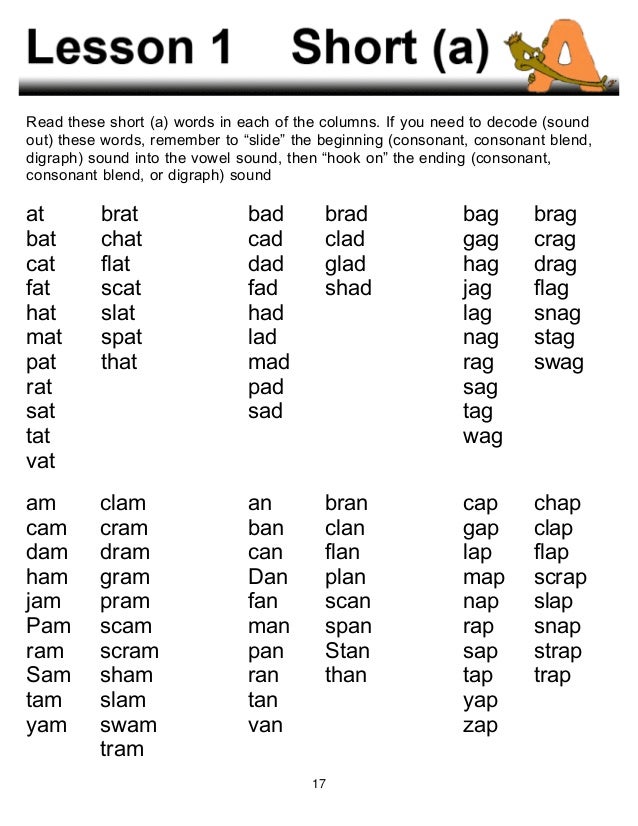
HL: High-Low. These books are engaging for older students who need less complex texts.
IG: Illustrated Guide. These are nonfiction reference texts.
GN: Graphic Novel. These are comic books and graphic novels. If your child loves comics more than anything else, you can still find ones that will provide an appropriate reading challenge!
NP: Non-Prose. These are songs, plays, poems, and anything else besides a traditional prose book.
What is the scale of Lexile measures?
Lexile reader measures and Lexile text measures help narrow down reading ability and text complexity to match readers with appropriate books at all grade levels. There is no “correct” Lexile scale or range for your learner’s age or grade. However, according to an analysis published by the Lexile Framework for Reading, the correspondence of Lexile student measures to grade levels, based on the 50th-90th percentile range and measured at the end of the school year, are as follows:
Kindergarten: BR160L - 150L
1st Grade: 165L - 570L
2nd Grade: 425L - 795L
3rd Grade: 645L - 985L
4th Grade: 850L - 1160L
5th Grade: 950L - 1260L
6th Grade: 1030L - 1340L
7th Grade: 1095L - 1410L
8th Grade: 1155L - 1470L
9th Grade: 1205L - 1520L
10th Grade: 1250L - 1570L
11th Grade: 1295L - 1610L
12th Grade: 1295L - 1610L
Remember that although these numbers represent typical Lexile measures at different grade levels, Lexile measures vary more broadly within each grade. If your young learner’s Lexile measure is far above or below the typical range, you can seek reading materials with Non-Conforming or High-Low Lexile measures that will be enjoyable as well as appropriate for their reading ability.
If your young learner’s Lexile measure is far above or below the typical range, you can seek reading materials with Non-Conforming or High-Low Lexile measures that will be enjoyable as well as appropriate for their reading ability.
How to assess your learner’s Lexile level
Lexile levels are assessed in school through classroom assessments and standardized tests. Ask your child’s teacher if they have assessed Lexile measures, and if so, if they are able to share this information with you, as school’s policies regarding assessment data vary.
Keep in mind that although some schools assess Lexile measures, others use different assessments to determine a child’s reading level, and may not have Lexile measure data to share.
If you are able to view your child’s Lexile measure, it is important not to refer to this assessment result as a Lexile score; it is not intended to measure achievement, and treating it like a “test” can cause undue anxiety for kids and parents alike.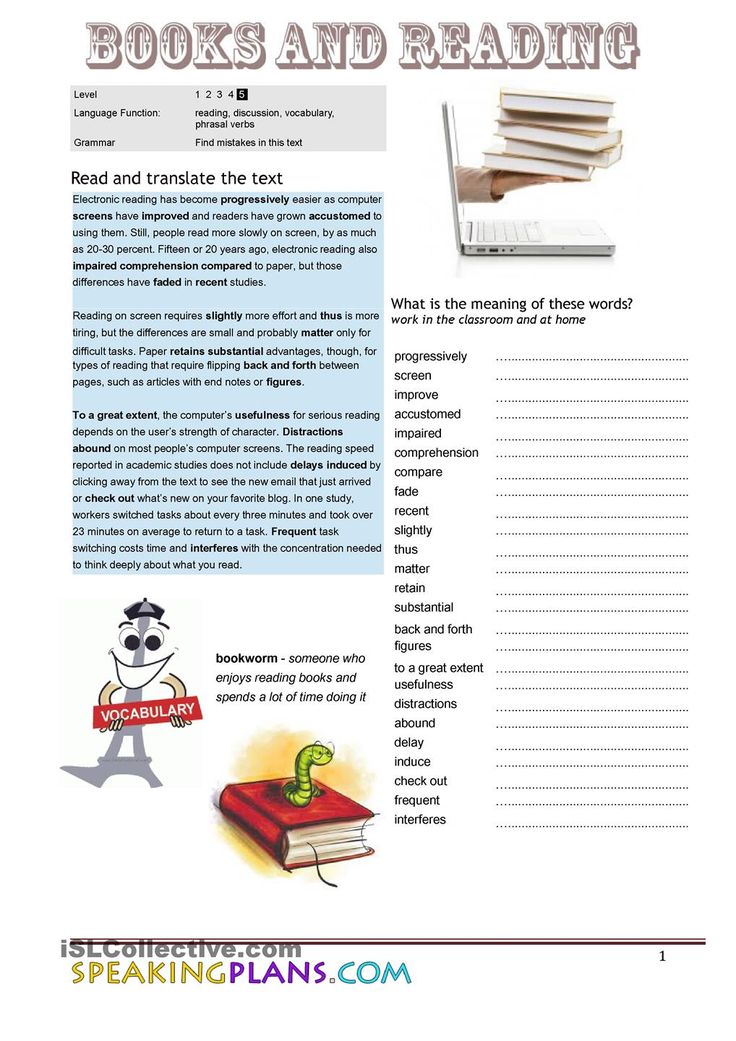
How to use lexile levels to help select appropriate reading material
If you have determined your child’s Lexile measure, it’s now time to help them find books they’ll love! Some books have Lexile measures printed on the jacket; Lexile measures for other books can be found on publisher websites and other online databases. A recommended Lexile text range is 100L below to 50L above your young learner’s Lexile reading measure.
Once you have determined an appropriate range, search for books with topics, content, and themes that interest your child. An easy way to do this is to use an online database and filter search results for the Lexile range you have determined. You’ll find that there are books available at every Lexile level that will capture your child’s interest and imagination!
Feel free to involve your learner in the process. Remember to discuss their Lexile measures in a neutral tone and treat the numbers like those in a matching game; you want your child to be able to express their reading preferences without feeling pressure to pick something “higher.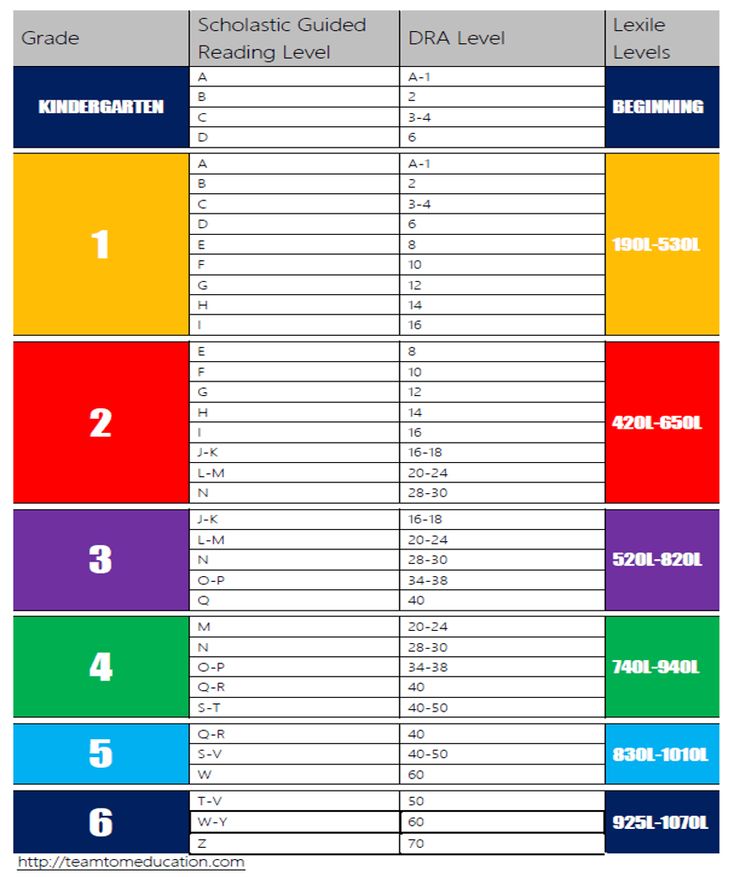 ”
”
Following these guidelines will allow you to choose “just right” books that pose a healthy challenge to your child, but are within or not too far outside of their comfort zone. That way, kids are freed up from unnecessary difficulties and are better able to focus on reading comprehension, learning, and enjoyment.
Reading assessments, reading tutoring, and more with Outschool
If you want to take your children's reading to the next level, Outschool can help. Find classes for anything you need.
Get a reading assessment for your child
Try a phonics class or reading class
Get reading tutoring or writing tutoring
Sign up your kids for an online book club
*This article was originally published in July 2020 and was updated in November 2022.
Outschool Staff
Tools for analyzing the vocabulary of texts. Find out!
When choosing authentic material, teachers often ask themselves whether it will be difficult for a student or vice versa.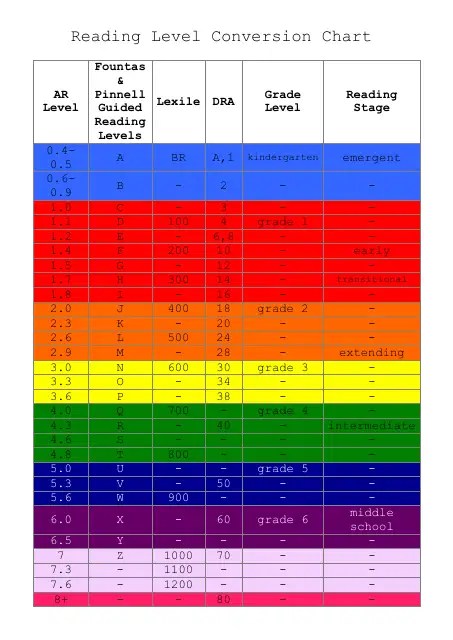 After all, it is so important to choose the right text! Scientists say that for comfortable reading of texts, the reader must understand 95-98% of the vocabulary. Such texts are suitable for extensive reading, but for effective vocabulary building, students will be more useful texts with approximately 10-15% of unfamiliar words. Perhaps some words will not suit the level of the student and will not be important for understanding the meaning of the text, and some words will be key, which will be studied by the exercises.
After all, it is so important to choose the right text! Scientists say that for comfortable reading of texts, the reader must understand 95-98% of the vocabulary. Such texts are suitable for extensive reading, but for effective vocabulary building, students will be more useful texts with approximately 10-15% of unfamiliar words. Perhaps some words will not suit the level of the student and will not be important for understanding the meaning of the text, and some words will be key, which will be studied by the exercises.
And when checking written work, do you always have time to make out not only mistakes, but also find out whether the vocabulary in the letter corresponds to the student's level? Even when developing additional handouts, we sometimes begin to doubt whether the word used is of the right level, whether it is worth including it so that it is useful to students.
Of course, you can look up a word in the Cambridge dictionary and see its marking in accordance with the Common European Framework of Reference for Languages (CEFR), but there are special tools for analyzing the vocabulary of texts. In this article, we will consider them, as well as analyze their functionality. Let's use for the experiment an excerpt about Remembrance Day from wikipedia:
In this article, we will consider them, as well as analyze their functionality. Let's use for the experiment an excerpt about Remembrance Day from wikipedia:
Remembrance Day (sometimes known informally as Poppy Day owing to the tradition of the remembrance poppy ) is a memorial day observed in Commonwealth member states9 since the end of the World9 to remember the members of their armed forces who have died in the line of duty. Following a tradition inaugurated by King George V in 1919, the day is also marked by war remembrances in many non-Commonwealth countries. Remembrance Day is observed on 11 November in most countries to recall the end of hostilities of First World War on that date in 1918. Hostilities formally ended "at the 11th hour of the 11th day of the 11th month", in accordance with the armistice signed by representatives of Germany and the Entente between 5:12 and 5:20 that morning.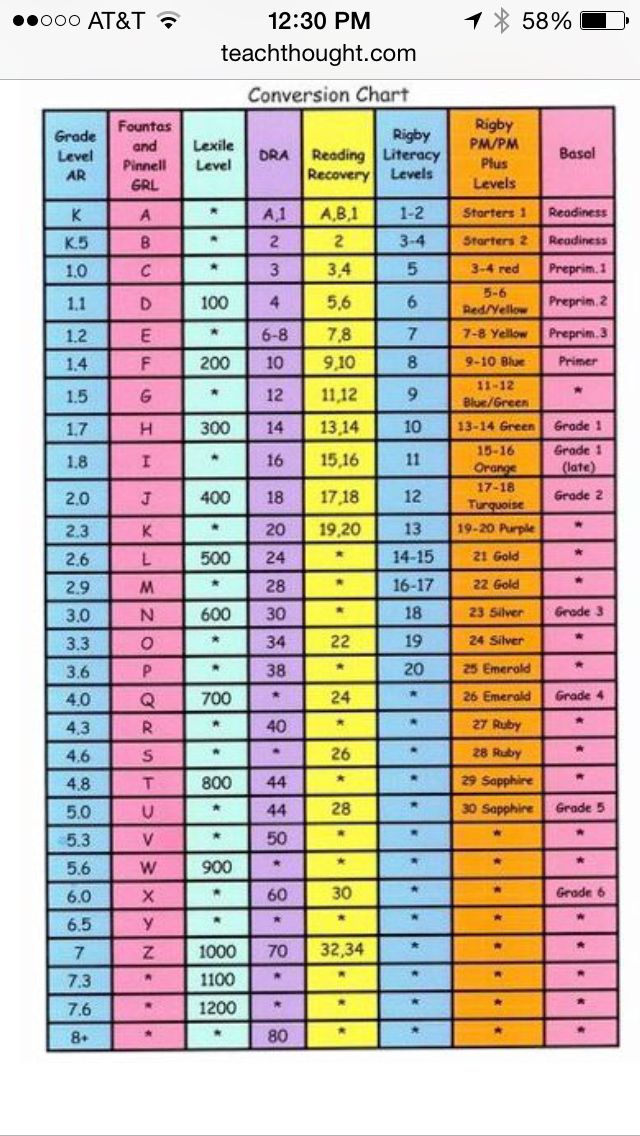 ("At the 11th hour" refers to the passing of the 11th hour, or 11:00 am.) The First World War officially ended with the signing of the Treaty of Versailles on 28 June 1919.
("At the 11th hour" refers to the passing of the 11th hour, or 11:00 am.) The First World War officially ended with the signing of the Treaty of Versailles on 28 June 1919.
The tradition of Remembrance Day evolved out of Armistice Day . The initial Armistice Day was observed at Buckingham Palace , commencing with King George V hosting a "Banquet in Honor of the President of the French Republic " during the evening hours of 10 November 1919. The first official Armistice Day was subsequently held on the grounds of Buckingham Palace the following morning. During the Second World War, many countries changed the name of the holiday. Member states of the Commonwealth of Nations adopted Remembrance Day, while the US chose Veterans Day .
This tool analyzes vocabulary in a text, highlights words by their level according to CEFR and shows the percentage of vocabulary by level.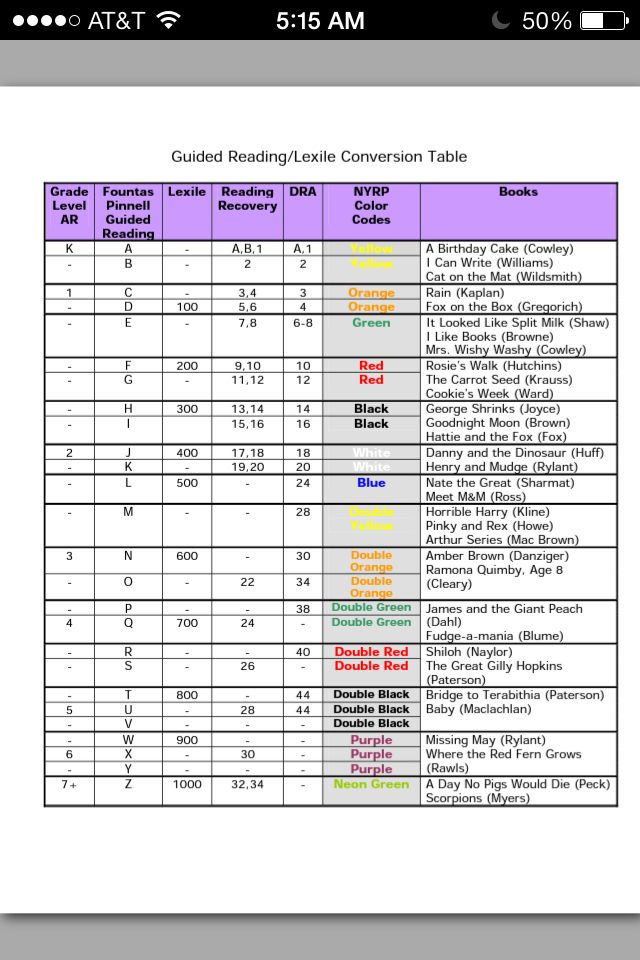
If this is not enough for you, then use the tools below.
Just like in Duolingo, you paste text into the field and click on 'Analyse'. In the free version, the limit is 250 words for unregistered users and 400 for registered ones. The functionality of the tool is much wider. After entering the text, you can view the summary, lexical diversity, frequency of use of words, errors.
section ‘Lexis: EVP (English Vocabulary Profile) ’ , available only in a paid subscription.
Therefore, you can follow this link and analyze the text using the Text Inspector on the English Profile site.
This tool will allow you not only to find out the level of vocabulary in the text, but also to quickly compose a lexical task.
Paste text into the field and click on ‘Check Text’. The Oxford Text Checker will color-code vocabulary according to the CEFR level. Let's paste the same text and see what this tool says.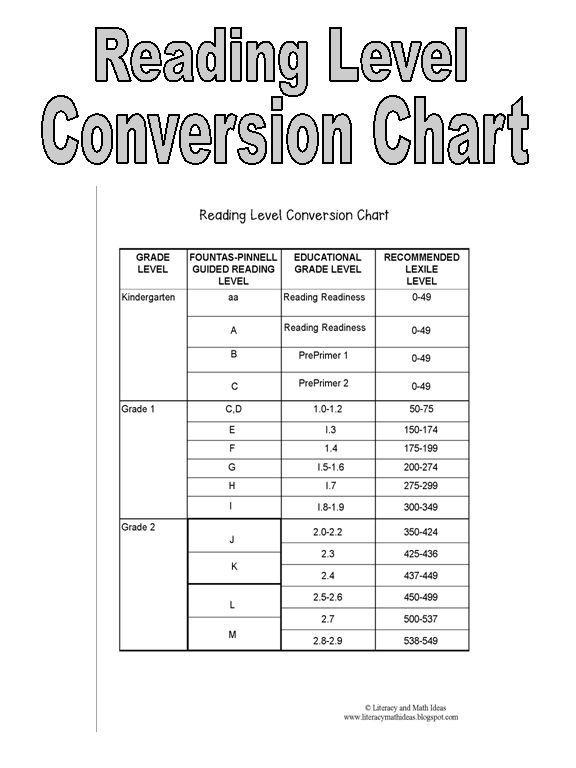
When you click on the 'Results' button, you get a chart with the number of words and percentages for each CEFR level.
The 'Activities' section will help you quickly create word lists and gap exercises.
You can select words manually or filter by level.
Whatever the situation, it is worth checking that the vocabulary of the text is “sharpened” exactly for the tasks that were set. With the help of the above services, you can do it very quickly.
What tools do you use? Share in the comments.
A1, A2, B1, B2, C1, C2 ‹ Ingleks
What grammar and vocabulary students learn at each level of study - from Beginner to Proficiency.
Among philologists and linguists, it is customary to divide the knowledge of a foreign language into six levels. This concept is called the Common European Framework of Reference (CEFR), and it appeared at the end of the 20th century. In 2001, the Council of Europe decided to use the CEFR to assess language proficiency in any language taught as a foreign language. Following the CEFR system, there are three language proficiency groups - A, B, C, each of which is divided into two subgroups:
Following the CEFR system, there are three language proficiency groups - A, B, C, each of which is divided into two subgroups:
We have listed the aspects of English that students learn at each level of education. Vertically there are columns with types of speech activity: listening, speaking, reading, writing. The two extreme columns display what grammar and vocabulary the student should know at a particular stage. The levels of training are shown horizontally - from Beginner to Proficiency. At the intersection of a row and a column, a description is given of what knowledge the student acquires at each level.
| Learn to greet and thank in English. Talk about yourself in 2-3 sentences, answer simple questions. | Greet and say goodbye to the interlocutor, maintain a short dialogue: learn about the affairs, interests of the interlocutor, about his family and profession. | Read elementary sentences (no more than 7-9 words). | Listen to short sentences with basic vocabulary. | You can write your name, date of birth, brief information about yourself. |
| Basic vocabulary: simple nouns, verbs, adjectives, pronouns. | |
| A1 Elementary (Upper Basic) | Learn to talk about yourself and your family, your hobbies, food, music and other areas. | Exchange 2-3 phrases about yourself, your family, your city. Express an opinion about what you like. Ask about the interests of the interlocutor. Hear and understand simple words and phrases. | Read short texts and dialogues with familiar vocabulary. | Listen to simple and frequently used words and phrases. Understand short instructions. | Write short greeting cards, messages. Fill in a questionnaire about yourself (name, nationality, address). |
|
|
|---|---|---|---|---|---|---|---|
| A2 Pre- (Intermediate elementary) | Learn to talk briefly about yourself, work and hobbies. Express an opinion based on the material studied. | Maintain a small and simple dialogue on everyday topics. Request information about direction, location, order a service. | Read and understand short texts (400-500 words) with a small amount of unfamiliar vocabulary. | Recognize and listen to dialogues with familiar vocabulary. | Write messages using familiar vocabulary (up to 10-15 sentences). |
|
|
| B1 Intermediate
| Learn to describe events and experiences, express opinions and give examples. | Participate in a spontaneous dialogue on any everyday topics, express a personal attitude to a phenomenon or object. | Read general texts and understand their main idea, despite the presence of 10% unfamiliar vocabulary. In stories, to catch the plot, to understand the replicas of the characters. | Understand the speaker's point of view in short dialogues. Understand context, catch special vocabulary. | Write a personal letter or short text without using a dictionary. |
|
|
| B2 Upper-Intermediate (High Intermediate) |
| Understand native speakers and engage in dialogue. | Read and understand feature articles, literary texts in non-adapted English. | Listen and understand radio broadcasts, interviews, podcasts. | Write detailed texts on various topics. Write essays and articles in formal and informal styles. | Mixed Conditionals Modal Verbs Gerund & Infinitive
|
|
| C1 Advanced (Advanced) | Learn to spontaneously express your opinion on any topic, use synonyms and complex grammatical constructions. | You will communicate freely with native speakers - ask questions and justify answers. | Read, understand and analyze unadapted articles, books and other texts. | Understand native speakers, including dialects, accents, adverbs. | Write business correspondence, write articles and essays on any topic using advanced grammar and stylistically colored vocabulary. |
|
|
| C2 Proficient (Professional) | Learn to speak on any topic, even highly specialized (medicine, law). | Use idioms and stylistic figures in speech in conversation. | Read and understand any text, whether it is an excerpt from a work of fiction or a popular science article. | Understand spoken language, even if the native speaker speaks quickly. Listen to any audio program in English. | Write in any style (formal or informal) and on any topic. | Use complex grammatical structures. Use phraseological units. |
|
For clarity, we propose to compare how students with different levels of English speak on the same topic.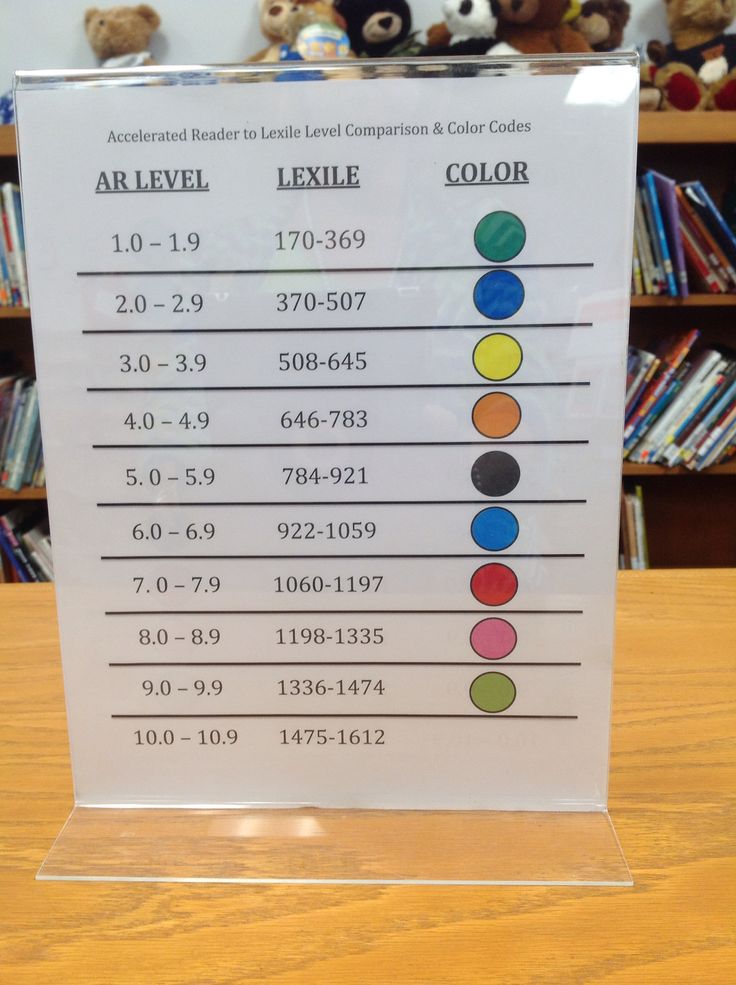
Beginner: I want to eat this tasty chocolate bar. I want to eat this delicious chocolate bar.
Elementary: I would like to eat this delicious chocolate bar. I would like to eat this delicious chocolate bar.
Pre-Intermediate: I feel like eating this yummy chocolate bar. I want to eat this delicious chocolate bar.
Intermediate: I wanna scarf down this yummy chocolate bar. I want to eat this delicious chocolate bar.
Upper-Intermediate: I’d kill for this super delicious chocolate bar. “I would kill for this super delicious candy bar.
Advanced: I’m drooling over this chocolate bar. Yum-yum! “I want this candy bar so much it makes me salivate. Om-Nom-nom!
Proficiency: I wish I could eat this chocolate bar which seems to be finger-licking good. - I would eat this chocolate bar - it seems so tasty that you will lick your fingers.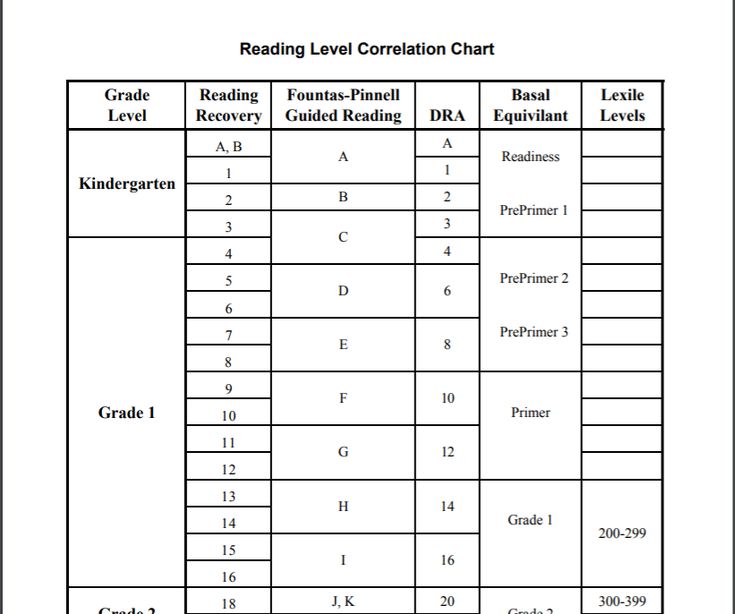

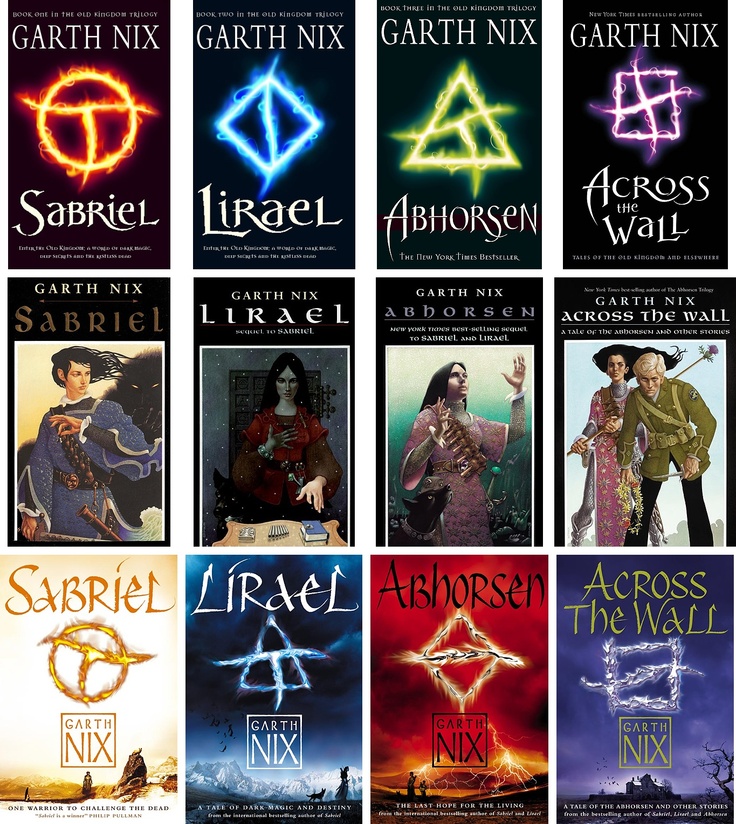 Read tool descriptions below or visit the Hub at hub.lexile.com.
Read tool descriptions below or visit the Hub at hub.lexile.com. 